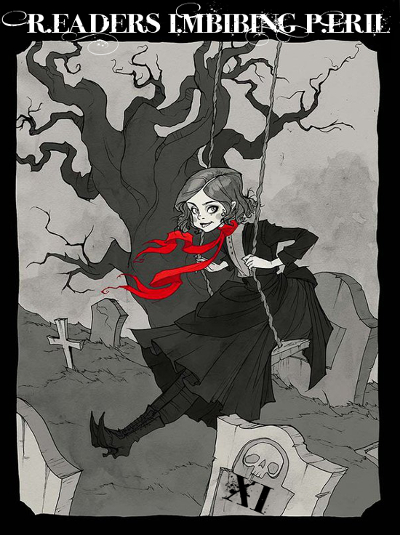
In 2020 and 2021, I read a total of 216 books — 85 in 2020 and 131 in 2021. Of those, only 5 were shelved as “did not finish.” Yes, that’s a lot of books, more than I’ve read in any year since I started keeping track in 2003. We can blame/credit the pandemic for that. Funny how much reading one can get done when all of one’s other customary activities are abruptly curtailed. I have to confess the library’s e-book catalog has been a godsend the last couple of years.
Many, if not most, of those reads were forgettable, to be truthful, but I did run across some gems worthy of mention in a blog entry.
First up, I discovered Martha Wells and her remarkable Murderbot series. Oh my fucking God these are SO MUCH FUN!!!!!! Our nameless protagonist (who refers to themself as “Murderbot”) is a cybernetic security bot with a faulty governor — in other words, they are self-aware and self-governing. To stay under the radar and preserve their autonomy, they continue to act like all the other security bots, mostly, but they conduct a hilarious (and hilariously foul-mouthed) internal monologue about the stupidity of humans and other bots in all their interactions. So far there are six books in the series. The first one, pictured at left, is All Systems Red. I’ve read all six, and eagerly await the next installment.
Redshirts by John Scalzi filled in another humor slot on ye-olde-SF-bingo card. As you may expect, its jumping off point is the trope in ST:TOS that the red-shirted crew member on the away mission dies first, often horribly. In this instance, the crew members are aware of the trope and go to desperate lengths to avoid being assigned to an away team. Fun, funny, and filled with geeky inside jokes and “easter eggs.” Scalzi is quickly becoming one of my favorite SF authors.

The City and The City was like everything else by China Miéville I’ve ever read: mind-blowingly excellent. In this case, we have sociopolitical commentary disguised as a police procedural. Inspector Tyador Borlú investigates a murder that takes him from his decrepit city of Beszel to the modern gleaming metropolis of Ul Qoma, both somewhere in eastern Europe. Here’s the thing one must understand, though: both cities occupy the same physical space, and inhabitants of each are trained from childhood to “unsee” the other city. If one sees and acknowledges an inhabitant of the other city, this is a breach, and breaches have serious consequences. It’s a mind-bending concept made completely plausible. And it’s a damn good murder mystery too.

The last one I want to highlight is The Invisible Life of Addie Larue by V.E. Schwab. In exchange for immortality, a young woman gives up the possibility of being remembered by anyone. When she is in the presence of someone, they recognize her existence and interact accordingly, but forget her entirely within moments after losing sight of her. It’s made for some awkward morning-after conversations when her lover has completely forgotten the evening before. But throughout history, she has been the mysterious unknown muse of one artist after another, and that is sufficient. Then one day she runs across a young man who recalls a previous encounter. A sweet and heartbreaking story of love and loss and memory and art. I loved it.
Honorable mentions: Piranesi by Susanna Clark, the Scholomance series by Naomi Novik, The Underground Railroad and The Nickel Boys by Colson Whitehead, The Rise and Fall of D.O.D.O. by Neal Stephenson and Nicole Galland, Gideon the Ninth (and its sequel) by Tamsyn Muir, The Long Way to a Small Angry Planet (and its sequels) by Becky Chambers, A History of What Comes Next by Sylvain Neuvel.
For the complete list of books read in 2020, click here. For the complete 2021 list, click here.
















